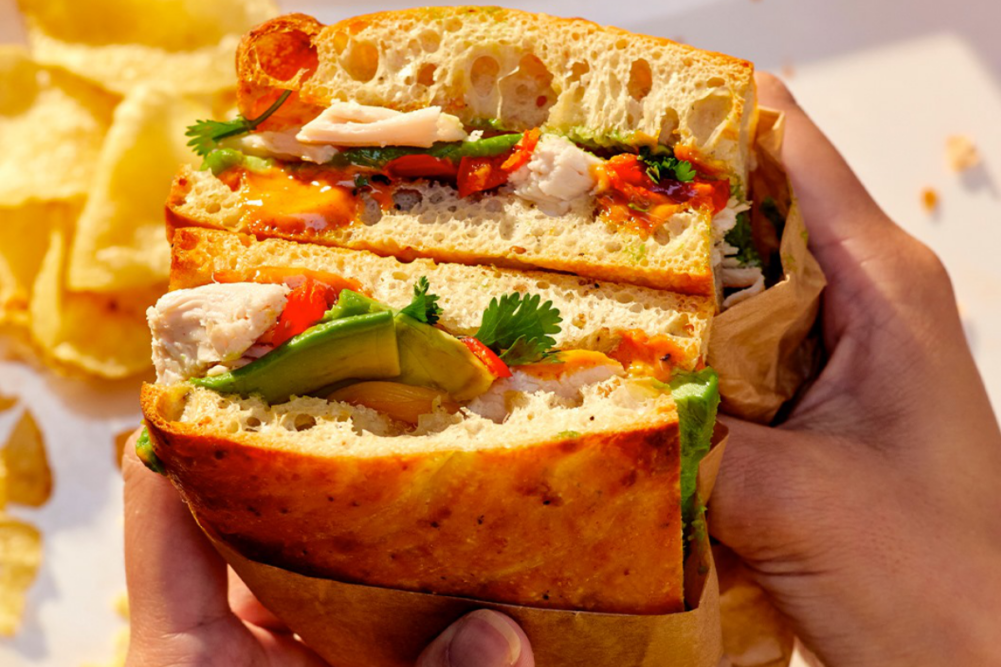ST. LOUIS — Panera Bread Co. on Oct. 20 said it plans to remove more carbon from the atmosphere than it emits by 2050, making it the first national fast casual restaurant company to commit to a climate positive target.
“Climate change is one of the greatest humanitarian crises of our time, and we must act now for our planet,” said Niren Chaudhary, chief executive officer of Panera Bread. “We embrace the responsibility to take immediate and relentless action to create positive change and hope that our industry will follow us. We are sharing our vision for a climate positive future to inspire both our industry and our supply chain partners to take urgent, decisive and clear action.”
Using Panera’s 2019 greenhouse gas baseline, the restaurant chain would need to remove approximately 2.4 million tonnes of carbon dioxide equivalents each year to reach its 2050 target. Panera already has reduced emissions from its operations by 15% per square foot, meeting its 2022 target one year early.
Meanwhile, Panera said it is pursuing three short-term targets to reduce its footprint by 2025. The targets include increasing the percentage of Cool Food Meals to 60% of bakery-cafe entrees, transitioning to 100% circular (reusable, recyclable and compostable) packaging, and using green, renewable electricity for at least 50% of Panera Bread owned operations.
“Panera has a long history of making tough, conscious choices about the food system, from serving chicken raised without antibiotics beginning in 2004 to being first to label calories on the menu,” said Sara Burnett, vice president of food beliefs and sustainability at Panera Bread. “With the launch of Cool Food Meals in 2020, Panera recognized the impact of your plate is much bigger than a calorie count; it also has an impact on the planet. As a continuation of our journey, we are committing to our ambitious goal and to work with others in our industry to make this vision for a climate positive future a reality.”
In October 2020 Panera became the first company with menu items to receive the Cool Food Meals certification. The Cool Food Meals badge identifies dishes with a lower carbon footprint, in line with what the World Resources Institute (WRI) research found was needed within the next 10 years to meet the Paris Agreement on climate change. Using a dish’s ingredient list, the WRI calculates its carbon footprint by analyzing the emissions from the agricultural supply chain and the land used to produce the menu item. If a dish’s carbon footprint falls below an established per-meal threshold and meets a nutrition safeguard, it is approved as a Cool Food Meal.




